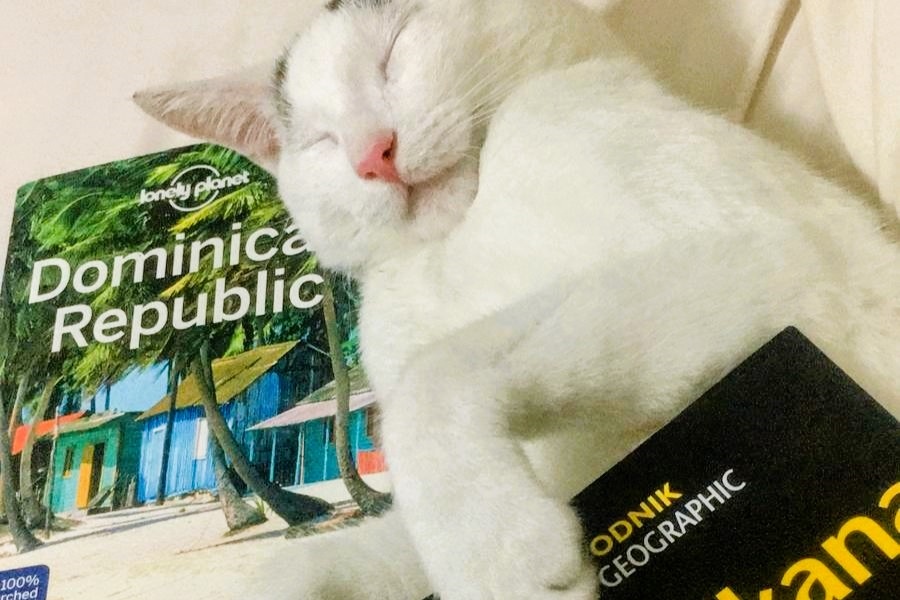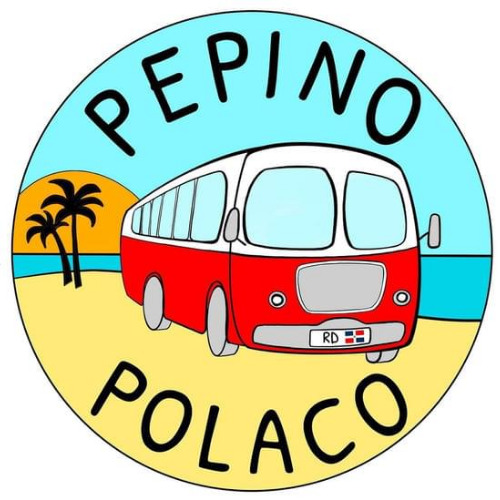For a vacation in the Dominican Republic, we do not need much to be happy ;).
Light, airy clothes, preferably outdoor shoes (flip-flops and sandals), swimsuit, hat or cap, one or two outer garments (they will probably be most useful on the plane, air-conditioned rooms, and in winter, also in the evening). I would also throw in an umbrella or rain cape to chase away the rain 😉.
It's worth taking an efficient sunscreen - depending on your complexion, preferably 30-70 SPV, as they are more expensive on the spot. If you have fair or somewhat sun-weaned skin, it's a good idea to bring with you panthenol or a decent aloe vera gel. Mosquito spray is also a must have, and green or red Mugga usually works well.
It's a nice concept to complete a handy first-aid kit, as medicines tend to be more expensive in the Dominican Republic as well. Something for pain, to beat a fever, for a cold, for a sore throat, for indigestion and diarrhea, ladies might think about furagin, or another urinary tract inflammation drug. It may not be useful, but it's better to have ;).
Finally, think about electronics and related topics. A sports camera, a drone, or at least a waterproof phone case will definitely do a good job. A powerbank for longer trips. Maybe an extra memory card? Or at least some respectable cloud ;).
For the waterfowlers, snorkeling gear and water shoes.
Well, that's a bit of it after all ;). But it's important to leave yourself 5-8 kg of slack in your suitcase, for souvenirs, especially fine rums, coffees, cocoa and the like.

